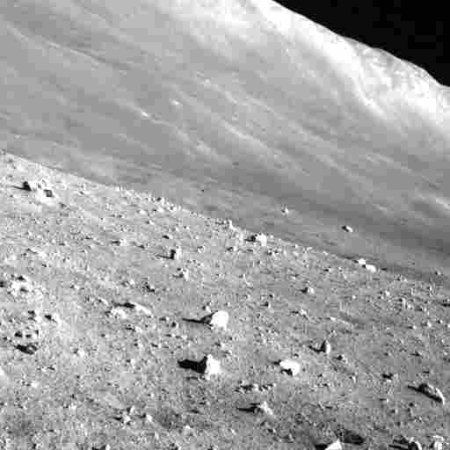Varda quickly raises $90 million after completing its first orbital manufacturing mission
As expect, Varda announced yesterday that it raised $90 million in investment capital following the publication of the results of its first orbital manufacturing mission, where its returnable capsule was used to produce test pharmaceuticals in space that cannot be made on Earth.
Varda announced April 5 it raised a Series B round led by venture firm Caffeinated Capital, with participation from Lux Capital, General Catalyst, Founders Fund and Khosla Ventures. The company has raised $145 million to date. The funding round comes on the heels of the successful conclusion of its first demonstration mission, W-1, on Feb. 21 when the company’s capsule landed at the Utah Test and Training Range. The capsule had been part of a spacecraft launched in June 2023 to test the ability to produce pharmaceuticals in microgravity.
The new funding will allow Varda to scale up production of spacecraft that take advantage of microgravity to produce pharmaceuticals that are not possible or cost-effective to make on the ground.
The company already has a second returnable capsule scheduled for launch this summer on a Rocket Lab Electron rocket.
As expect, Varda announced yesterday that it raised $90 million in investment capital following the publication of the results of its first orbital manufacturing mission, where its returnable capsule was used to produce test pharmaceuticals in space that cannot be made on Earth.
Varda announced April 5 it raised a Series B round led by venture firm Caffeinated Capital, with participation from Lux Capital, General Catalyst, Founders Fund and Khosla Ventures. The company has raised $145 million to date. The funding round comes on the heels of the successful conclusion of its first demonstration mission, W-1, on Feb. 21 when the company’s capsule landed at the Utah Test and Training Range. The capsule had been part of a spacecraft launched in June 2023 to test the ability to produce pharmaceuticals in microgravity.
The new funding will allow Varda to scale up production of spacecraft that take advantage of microgravity to produce pharmaceuticals that are not possible or cost-effective to make on the ground.
The company already has a second returnable capsule scheduled for launch this summer on a Rocket Lab Electron rocket.



